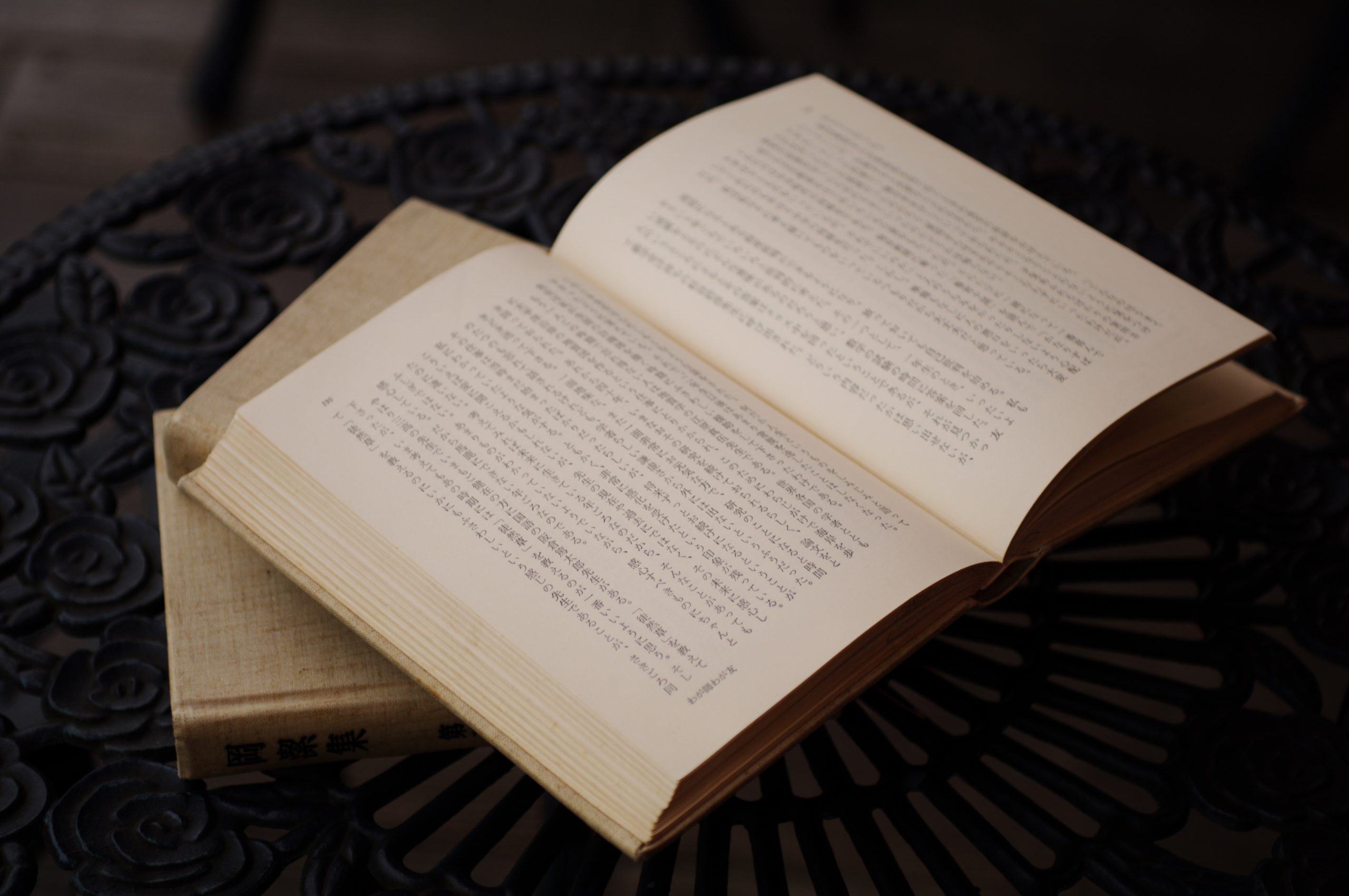
日本語はこちら
Mottainai in Japanese (勿体無い) is a phrase that is deeply ingrained into the culture. This is especially so when the Japanese take recycling and sorting their trash so seriously.
In today’s blog, we will be introducing how the concept of 勿体無い – how it has spread globally and its influencing some cultural practices.
How Mottainai spread to the World
History of Mottainai
How can Mottainai be used
How Mottainai spread to the world
In 2005, Wangari Muta Maathai, who received the Nobel Peace Prize for her efforts to protect the environment, visited Japan. She then said, that the Japanese word “MOTTAINAI” is such a wonderful word and wanted people all over the world to know it.
The meaning of the word is similar to “wasteful”, but is not exactly the same. Mrs. Maathai says that the word “Mottainai” contains not only the 3Rs (Reduce, Reuse, Recycle), but also Respect and love towards nature and all things.
The “Mottainai Campaign” to protect the environment continues to this day.
History of Mottainai
It was said that the word held a special place in the lives of the people of Edo during the Edo Period (1603-1868).
In the Edo Period of Samurais, Edo was a bustling town like modern Tokyo. However, life was very different.
For example, if you bought a Kimono, you would use it for 10 years to 20 years, by mending it over and over. When you can no longer wear it, you would use it as a cleaning rag. But when you can no longer use it for cleaning, you would use it to light the fire for cooking.
The ashes left afterward weren’t thrown away either, but instead, used in the cleaning of dishes. The people from the Edo Period had very strong feelings for the 3Rs + and respect towards all things.
Nowadays, we are surrounded by things and may have forgotten how to be appreciative of nature and to treasure what we already have.
How should we now maintain the sentiment of the wonderful word “Mottainai” that the people of Edo so treasured?
About this week’s blog author:
Mr. Shigemi Matsumoto, was a junior high school Japanese teacher for 23 years before joining Coto Language Academy. Therefore, he is a Japanese language pro. He currently teaches Coto’s Intensive Courses (intermediate and advanced), Business Courses and the Part Time N1 grammar and reading classes. He is also involved in developing teaching materials at Coto.
Looking to learn more about Japanese words? Check out our other blogs right below
Other A I U E O Series
AIUEO – A (あ)
AIUEO – I (い)
AIUEO – U (う)
AIUEO – E (え)
AIUEO – O (お)
AIUEO – Ki(き)
AIUEO – Ku(く)
AIUEO – Ke(け)
AIUEO – Ko(こ)
AIUEO – Sa(さ)
AIUEO – Shi(し)
AIUEO – Su(す)
AIUEO – Se(せ)
AIUEO – So(そ)
AIUEO – Ta(た)
AIUEO – Chi(ち)
AIUEO – Tsu (つ)
AIUEO – Te (て)
AIUEO – To (と)
AIUEO – Na (な)
AIUEO – Ni (に)
AIUEO – Nu (ぬ)
AIUEO – Ne(ね)
AIUEO – No (の)
AIUEO – Ha (は)
AIUEO – Hi (ひ)
AIUEO – Hu (ふ)
AIUEO – He (へ)
AIUEO – Ho (ほ)
AIUEO – Ma (ま)
AIUEO – Mi (み)
AIUEO – Mu (む)
AIUEO – Me (め)
AIUEO – Mo (も)
AIUEO – Ra (ら)
AIUEO – Ri (り)
AIUEO – Ru (る)
AIUEO – Re (れ)
AIUEO – Ro (ろ)
AIUEO – Ya (や)
AIUEO – Yu (ゆ)
AIUEO – Yo (よ)
AIUEO – Wa (わ)















